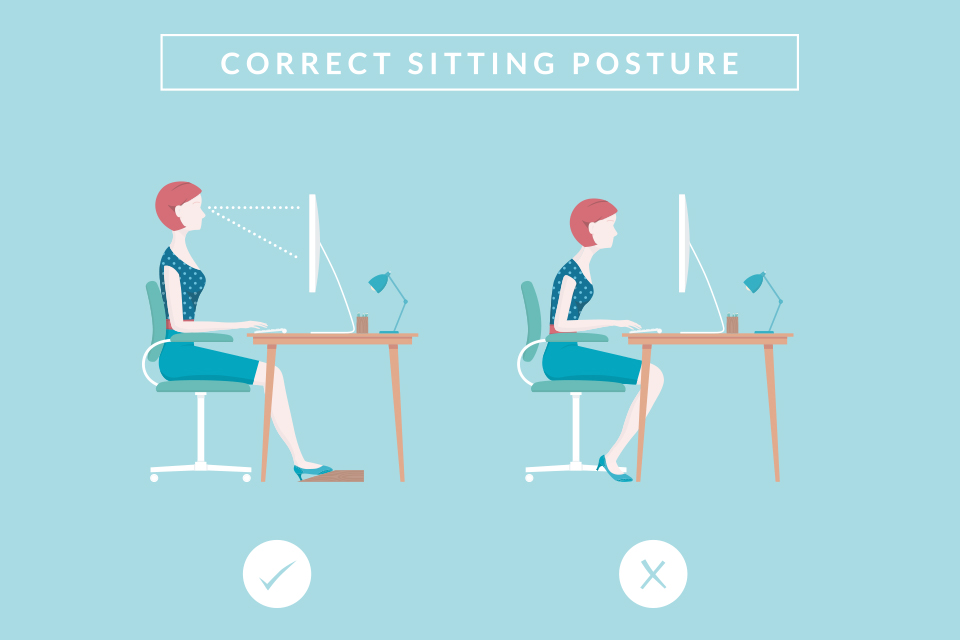Anti-Age Proof Your Fitness Regimen

Austin is a fitness-minded city, and most Austinites understand the benefits of working out—weight loss, increased energy, lower blood pressure, and functional improvement in the heart and brain. Other benefits include better mood, circulation, endorphins, sleep, and bone strength.
What many people don’t understand, however, is how a fitness regimen could actually contribute to accelerating the aging process, rather than slowing it down. However, it is possible to “anti-age proof” a training program by focusing on three important areas: physical balance, posture, and oxidative stress.
Balance and Alignment
Running, or doing any weight-bearing exercises when the body is out of alignment, will cause excessive wear to joints and ligaments. A good analogy is the wear a car experiences when tires are out of balance. Wear isn’t just confined to the tires; it is experienced all the way through the suspension system, and even through the rest of the car. Similarly, when the body is out of alignment, wear isn’t confined to the area out of adjustment: it’s experienced in many other places as well.
The most important bone in the spine is the very top bone, located right below the skull, called C1, or the atlas vertebra. The atlas is a 2-ounce, wedge-shaped bone that balances the head on top of the spine. Because it is what is known as a global balancer, when the atlas is out of alignment, it can affect the entire body. It actually drives how humans bear weight on the left and right sides.
Exercising when the atlas is out of adjustment needlessly stresses hips and knees as well as the vertebra, discs, and ligaments throughout the spine. The atlas is a unique bone, and any adjustment requires a unique chiropractor, one who specializes in upper cervical chiropractic.
Posture
Life pulls people down. Computers pull people forward. Working over a countertop, sitting at a computer, reading, and studying all contribute to bad posture. It’s very easy to neglect good posture because it takes conscientious training to fight against the natural tendency to slump. Those with bad posture look older, and studies show that bad posture can even shave a few points off of an individual’s IQ. Poor posture can set in motion a degenerative pattern and can contribute to decreased neck curve, disc problems, muscle spasms, and vertebral subluxations.
When exercising, it’s important to pay particular attention to using good form and posture. Chest out, shoulders back, and ears centered over the shoulders is correct posture. An exercise regimen should include working back extensors and core; another option is to find a certified Pilates instructor to help. If spinal problems exist that contribute to poor posture, it is also possible to work with a chiropractor. All of these improvements will contribute toward looking and feeling a little younger, and perhaps becoming a little smarter.
Oxidative Stress
What is oxidative stress? When the body metabolizes oxygen for energy, by-products that can cause damage are produced: hydroxyl radicals, hydrogen peroxide, and superoxide anion radicals—all of which can cause cancer. When the body is working properly, the rate of oxidant production is beautifully balanced with elimination. When the production of oxidants is too much for the body’s ability to eliminate, then cells can be damaged, including vascular injury, and the immune system can become overloaded.
There are two metabolic pathways utilized when working out: the aerobic (with oxygen) and anaerobic (without oxygen) systems. When the exerciser’s heart rate is between 55 percent and 80 percent of its maximum rate, oxygen is being utilized. When the heart rate goes above 80 percent, that exercise heads down the anaerobic pathways.
Varying workouts can be very productive. Including the anaerobic pathway (adding sprints) to an aerobic-heavy workout can actually benefit hormone levels, boost heart health, and reduce the body’s oxidative and inflammatory load. Interval training, or burst training, is a good option for people who are locked into aerobic regimens such as long-distance running. Working with a certified personal trainer can help ensure the proper aerobic/anaerobic balance in a fitness regimen.
In addition, supporting the body with antioxidants could be helpful in reducing oxidative stress. Daily doses of turmeric (300 mg) and good old vitamin C (1–3 grams) are great options. Wearing sunscreen during outdoor fitness activities (and knowing when to re-apply it), eating healthy foods, and giving the liver regular breaks through cleansing can help also help manage oxidative stress.
Remember: Balance is the key to “anti-age proofing” any fitness regimen. Be well, be fit, and live long.
“Anti-Age Proof” Actions
- Have atlas alignment checked by an upper cervical chiropractor, especially if there are one-sided knee or hip problems, or a high shoulder or short leg.
- Be aware of proper postural alignment during workouts.
- Add in exercises for back extensors and core.
- Work with a trainer to vary workouts with burst training and oxidative support.






